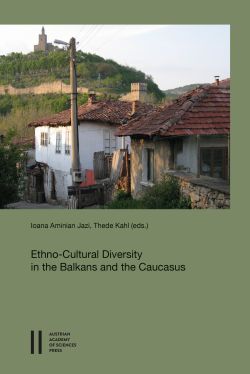
Ethnocultural Diversity in the Balkans and the Caucasus, pp. 193-292, 2023/02/09
The Islamic mystic and heterodox groups of the Alevi and Bektashi in Southeast Europe as well as other, originally Sunni Sufi orders with a close relation to these groups, which are partially characterised by Shi’ite elements, are idiosyncratic and divergent phenomena that have so far attracted little academic or public attention. They exist in the strongly Sunni environment that characterises Islam in the Balkans. After the end of Ottoman rule, the Alevi-Bektashi and other Sufi orders experienced a particularly serious loss of significance and numeric decline on the Balkans. Since the 1990s, modest religious revival processes occurred amongst these groups. These, however, coincided and interacted with dynamic and ambivalent processes of further religious, cultural and socio-political marginalisation and assimilation (and entailed a corresponding loss of knowledge and significance). This paper mainly sketches the genesis, history, spread as well as the religious and social characteristics, practices, developments, conditions, attitudes, identities and symbioses of the Alevi and Bektashi in a general as well as in a Southeast European context whilst involving other Sufi orders with an originally Sunni background, which are closely related to these groups. In this framework, it describes and analyses the extraordinarily diverse, contradictory and complex historical, religious, social, legal and political situations, conditions and problems which they face(d) on the Balkans in past and present. Furthermore, the paper deals with the controversial role and importance of Shi’ite elements concerning their religious features, practices, philosophies, identities and philosophies.
Keywords: Islamic mysticism (Sufism); Shia Islam, religious minorities, historical and contemporary socio-political transformations in Southeastern Europe, religious revival vs. assimilation, multi-religiosity and multi-ethnicity